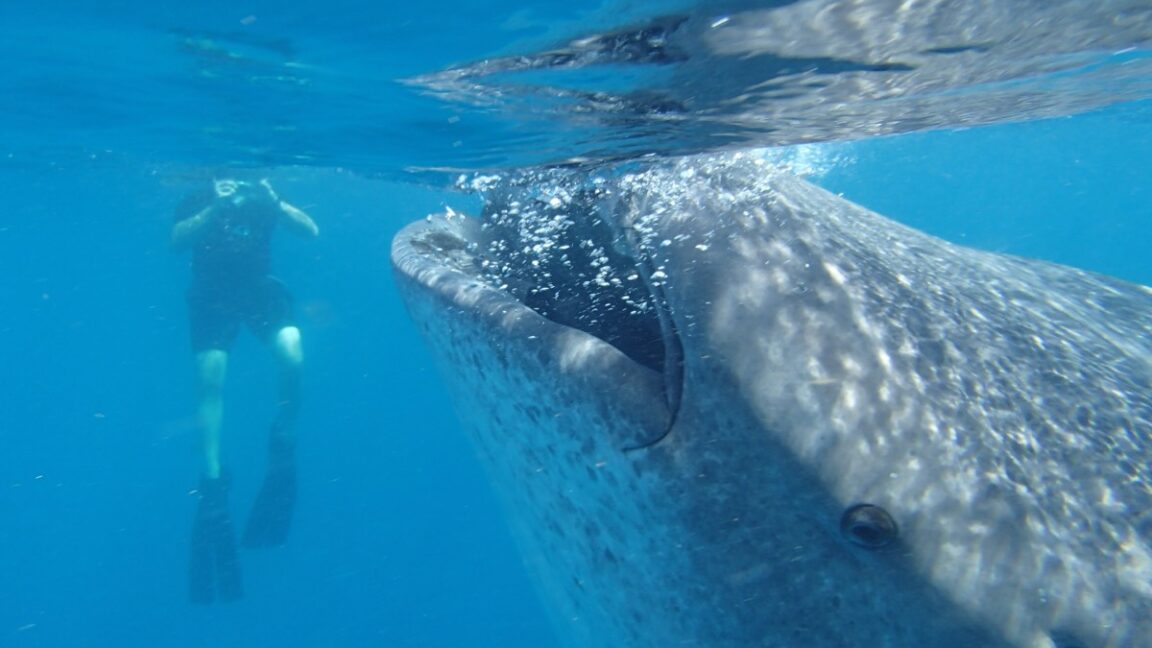The spacecraft, built by Maxar Space Systems, will operate its electric thrusters for the equivalent of three months between now and November to keep the mission on track for arrival at asteroid Psyche in 2029.
“Through comprehensive testing and analysis, the team narrowed down the potential causes to a valve that may have malfunctioned in the primary line,” NASA said in a statement Friday. “The switch to the identical backup propellant line in late May restored full functionality to the propulsion system.”
The next waypoint on Psyche’s voyage will be a flyby of Mars in May 2026. Officials expect Psyche to keep that date, which is critical for using Mars’ gravity to slingshot the spacecraft deeper into the Solar System, eventually reaching the asteroid belt about four years from now.

Credit:
NASA/JPL-Caltech
At Psyche, the spacecraft will enter orbit and progressively move closer to the asteroid, using a suite of sensors to map its surface, measure its shape, mass, and gravity field, and determine its elemental composition. Observations through telescopes suggest Psyche is roughly 140 miles (226 kilometers) in diameter, or about the width of Massachusetts. But it’s likely not spherical in shape. Scientists describe its shape as more akin to a potato.
Potatoes come in lots of shapes, and researchers won’t know exactly what Psyche looks like until NASA’s asteroid explorer arrives in 2029. Psyche will be the first metallic, or M-type, asteroid visited by any spacecraft, and scientists are eager to study an object that’s largely made of metals—probably iron, nickel, and perhaps some rarer elements— instead of rocky minerals.
With the Psyche spacecraft’s plasma thrusters back in action, these goals of NASA’s billion-dollar science mission remain achievable.
“The mission team’s dedication and systematic approach to this investigation exemplifies the best of NASA engineering,” said Bob Mase, Psyche project manager at JPL, in a statement. “Their thorough diagnosis and recovery, using the backup system, demonstrates the value of robust spacecraft design and exceptional teamwork.”
But there’s still a lingering concern whatever problem caused the valve to malfunction in the primary fuel line might also eventually affect the same kind of valve in the backup line.
“We are doing a lot of good proactive work around that possible issue,” wrote Lindy Elkins-Tanton, Psyche’s principal investigator at Arizona State University, in a post on X.














Leave a Reply